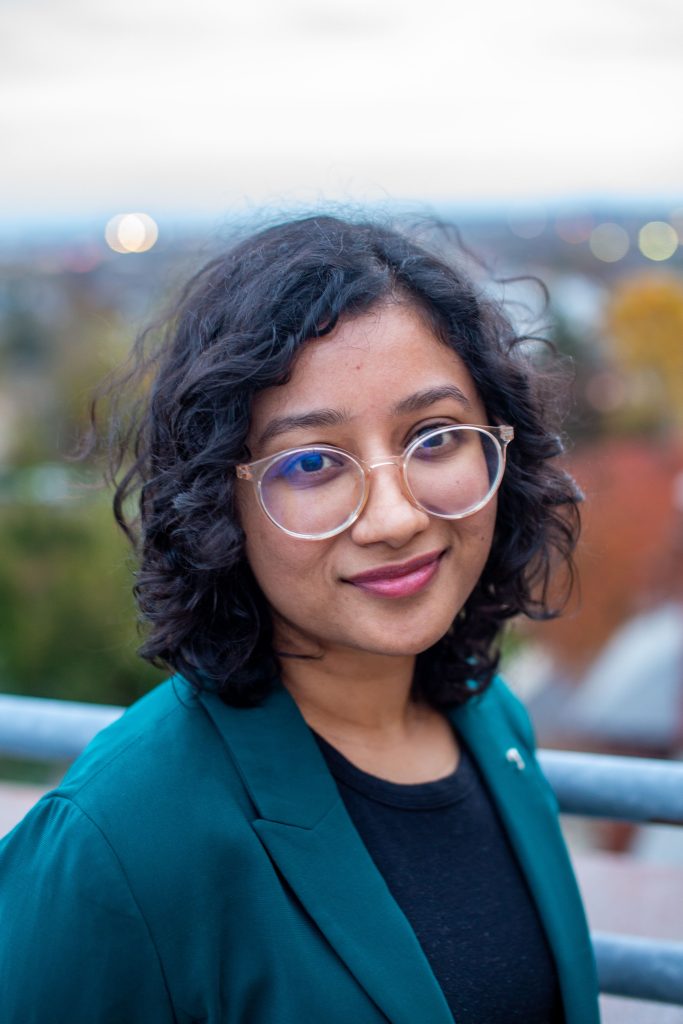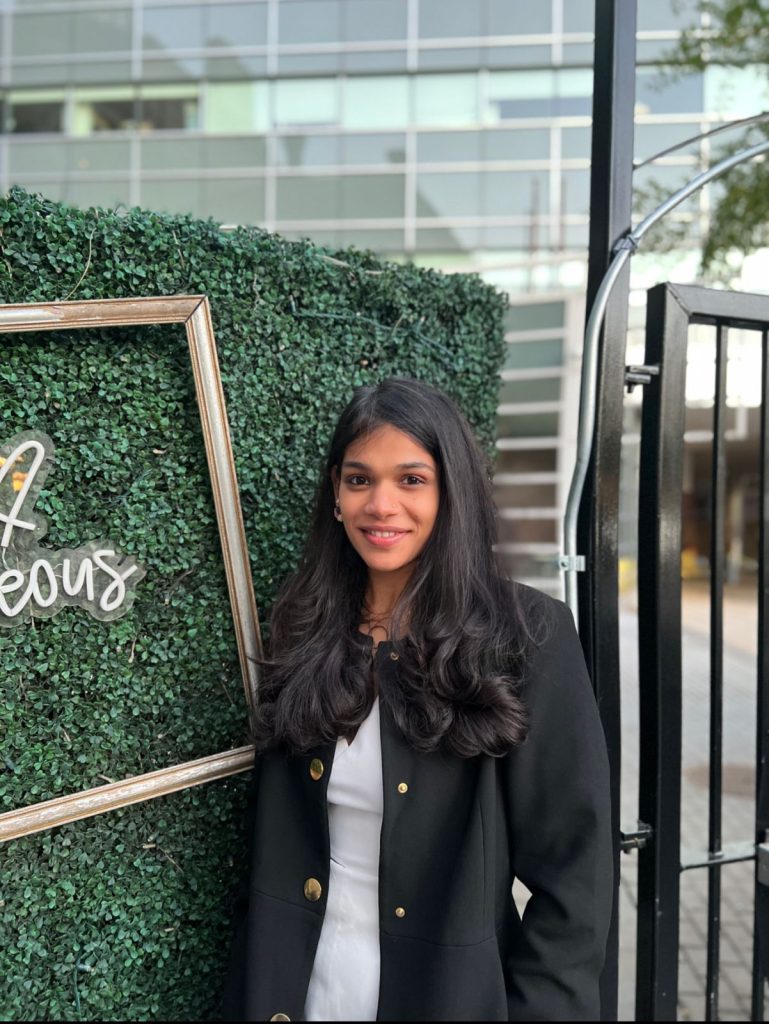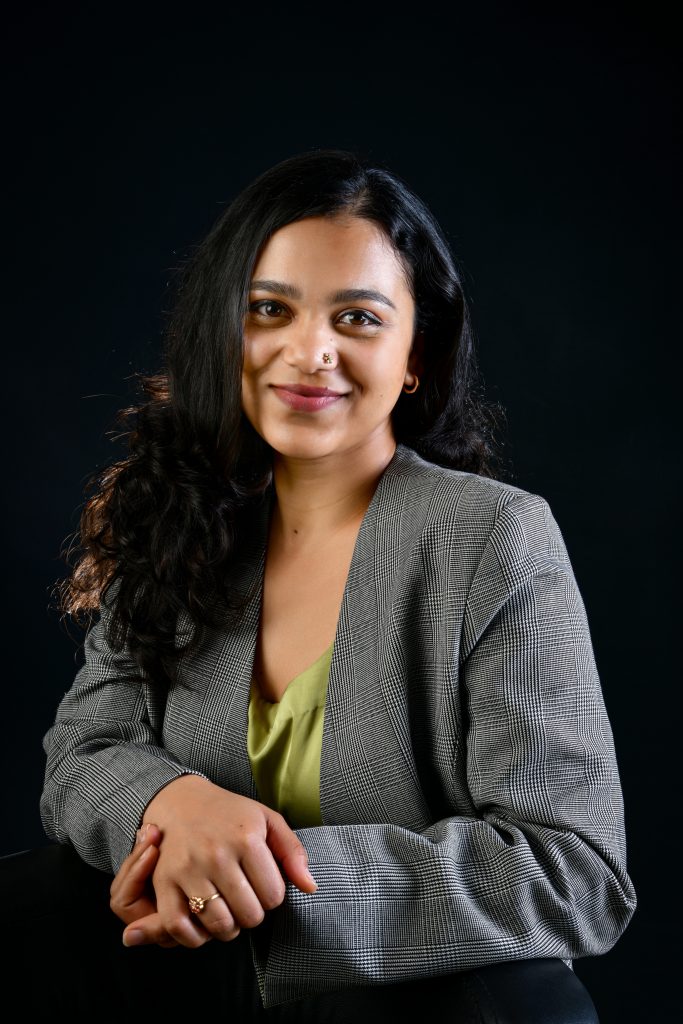Summer Grant Research
Every summer students are supported with research grants to explore the intersection between technology and their fields of interest.

Farhana Sarwar (MALD ’24)
Geospatial Educational Vulnerability Analysis of Children
Farhana focuses on formulating a GIS Model that can be useful for the determination of children’s risk towards accessing education and the external threats that increase their vulnerability in Colombia. The main output of this project is a decision-support tool that underpins efficient, targeted, and necessary resource distribution to increase access to education.

Anushka Shah (MALD ’24)
Anushka’s research examines the cybersecurity challenges posed by the prevalent use of QR codes by scrutinizing the inherent characteristics of QR codes and their susceptibility to exploitation by malicious actors.

Aanchal Manuja (MALD ’24)
Aanchal learned techniques and skills for extrapolating data from social media, more proficient ways of conducting digital ethnography, and gauging how disinformation and extremism find hosts and popularity online.
Capstones in Technology
Fletcher students complete a capstone project during their final year for students in 2-year programs or their final semester for students in 1-year programs. Below are a few recent capstones that incorporate the field of technology into the research.

Lakshmee Vinayak Sharma (MALD ’23)
Designing Equitable Civic Tech in the U.S
This capstone explores the transformative potential of civic technology (civic tech), inspired by the author’s experience during the COVID-19 pandemic in India. It highlights the effectiveness of community-driven, digitally-enabled, approaches to unlock civic agency. However, access, ownership, and design remain crucial for equitable reach and impact. Shifting focus to the U.S., the report delves into market and socioeconomic conditions that systemically limit the development of civic tech for minorities. The primary aim is to uncover barriers that hinder the development of equitable civic tech solutions in the U.S., addressing both demand and supply-side constraints and challenging assumptions about the digital divide and trust in the so-called Global North.

Dominique Ramsawak (MALD ’23)
Rewriting History:
Is AI Disinformation’s New Secret Weapon?
Is AI Disinformation’s New Secret Weapon?” explores the increasing use of Generative Adversarial Networks (GANs) in creating highly realistic and convincing AI-generated images, raising concerns about their misuse for disinformation and other malicious purposes. The study focuses on the ability of individuals to differentiate between AI-generated and authentic images, highlighting the challenge of the “Liar’s Dividend” – the phenomenon where even authentic content may be doubted due to the prevalence of deepfakes. Key findings include the difficulty individuals have in distinguishing AI-generated images from real ones, with only a slightly better identification rate for authentic images. The study underscores the significant impact of AI-generated images on public trust in media and political discourse and emphasizes the need for increased education, awareness, and advanced detection technology to mitigate the potential negative social impacts of AI-generated images.

Somya Banwari (MALD ’23)
This paper presents a geospatial framework for modeling mobile money accessibility to promote financial inclusion in West Africa. It covers mapping key mobile money stakeholders in the region, identifying primary enabling factors (e.g. telecommunications infrastructure), introducing the geospatial framework itself, and offering a policy recommendation to improve regulatory cooperation and enhance financial access data.
